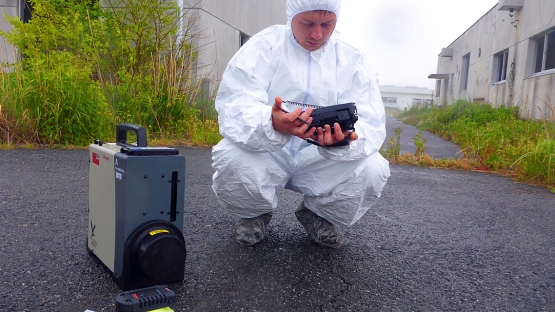For one week in late April, more than 200 experts from 70 countries and five international organizations will gather at IAEA headquarters to discuss the latest trends related to assessment and prognosis in response to a nuclear or radiological emergency.
The International Experts Meeting (IEM) on Assessment and Prognosis in Response to a Nuclear or Radiological Emergency will take place from 20 to 24 April. This is the ninth in a series of such meetings organised in the framework of the IAEA Action Plan on Nuclear Safety. Participants will discuss issues, challenges and solutions, including constraints, limitations and uncertainties related to the assessment and prognosis process.
The accident at the Fukushima Daiichi Nuclear Power Plant in Japan in March 2011 showed that in an emergency Member States and the public will be very interested in the assessment of the implications an emergency will have for public safety, and will request information on how the event is likely to progress, i.e. prognosis, said Elena Buglova, Head of the IAEA's Incident and Emergency Centre (IEC).
"During an emergency the specialists at the Incident and Emergency Centre will receive information from the affected country, which will be used to perform assessment and prognosis, the results of which will be shared with Member States and the public," she explained.
Assessment is an evaluation of the planned and implemented protective actions and other response actions to determine if they are in broad compliance with the relevant IAEA safety standards, Buglova said. "The IAEA assessment and prognosis process does not replace the responsibility of an 'Accident State' to perform its own assessment, implement necessary protective actions and other response actions and communicate with the public," she said. Prognosis, on the other hand, is a bounding estimate of how an emergency may progress, she added.
The meeting will cover the following topics:
- assessment and prognosis during a nuclear emergency,
- assessment and prognosis during a radiological emergency,
- assessment of a nuclear or radiological emergency resulting from a nuclear security event,
- environmental modelling and monitoring during nuclear and radiological emergencies,
- assessment of the impact of a nuclear or radiological emergency on food, feed, drinking water and agricultural products,
- assessment and prognosis at the international level, and
- provision and management of technical data to support assessment or prognosis.
Action Plan on Nuclear Safety
The IAEA Action Plan on Nuclear Safety was approved by the IAEA Board of Governors and unanimously endorsed by Member States at the 2011 IAEA General Conference. Its ultimate goal is to strengthen nuclear safety worldwide. One of the actions expanded the IAEA Secretariat's response role to cover the need "...to provide Member States, international organizations and the general public with timely, clear, factually correct, objective and easily understandable information during a nuclear emergency on its potential consequences, including analysis of available information and prognosis of possible scenarios based on evidence, scientific knowledge and the capabilities of Member States."


